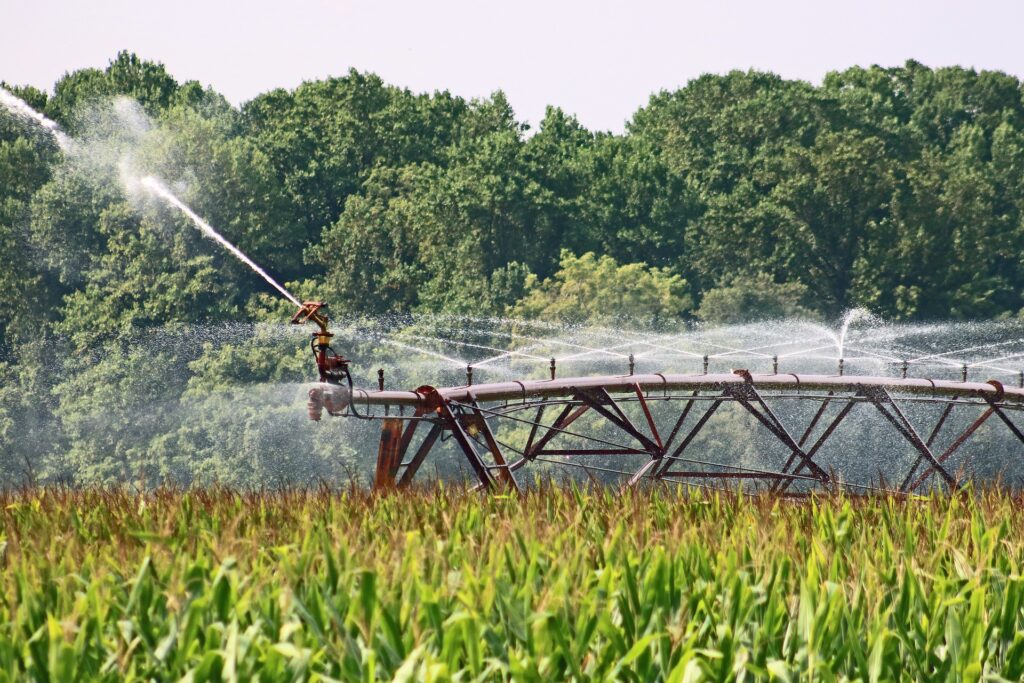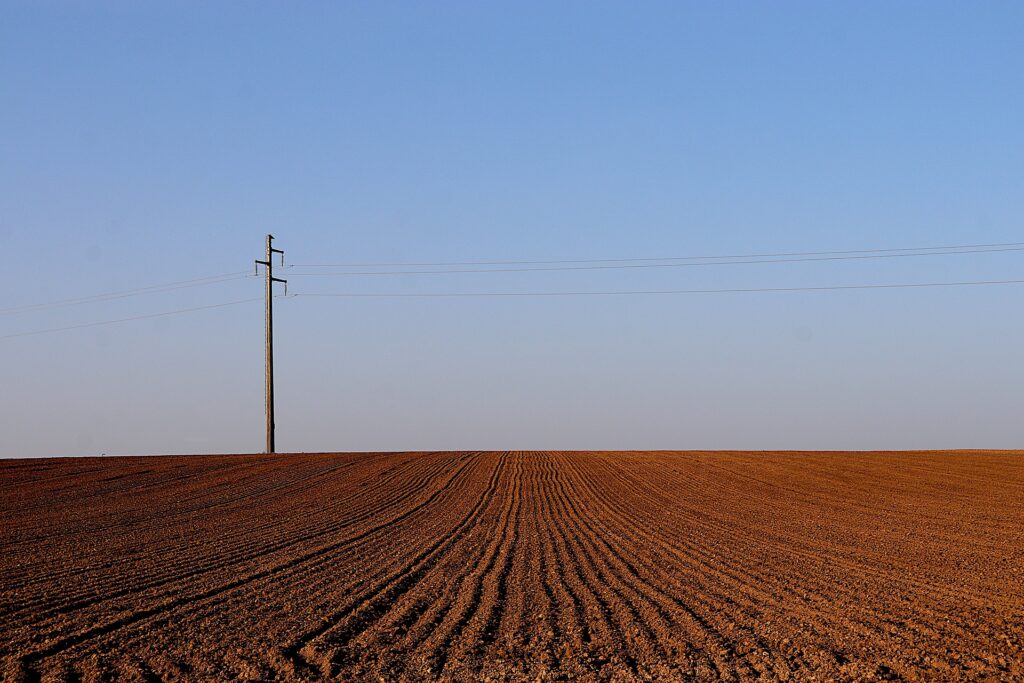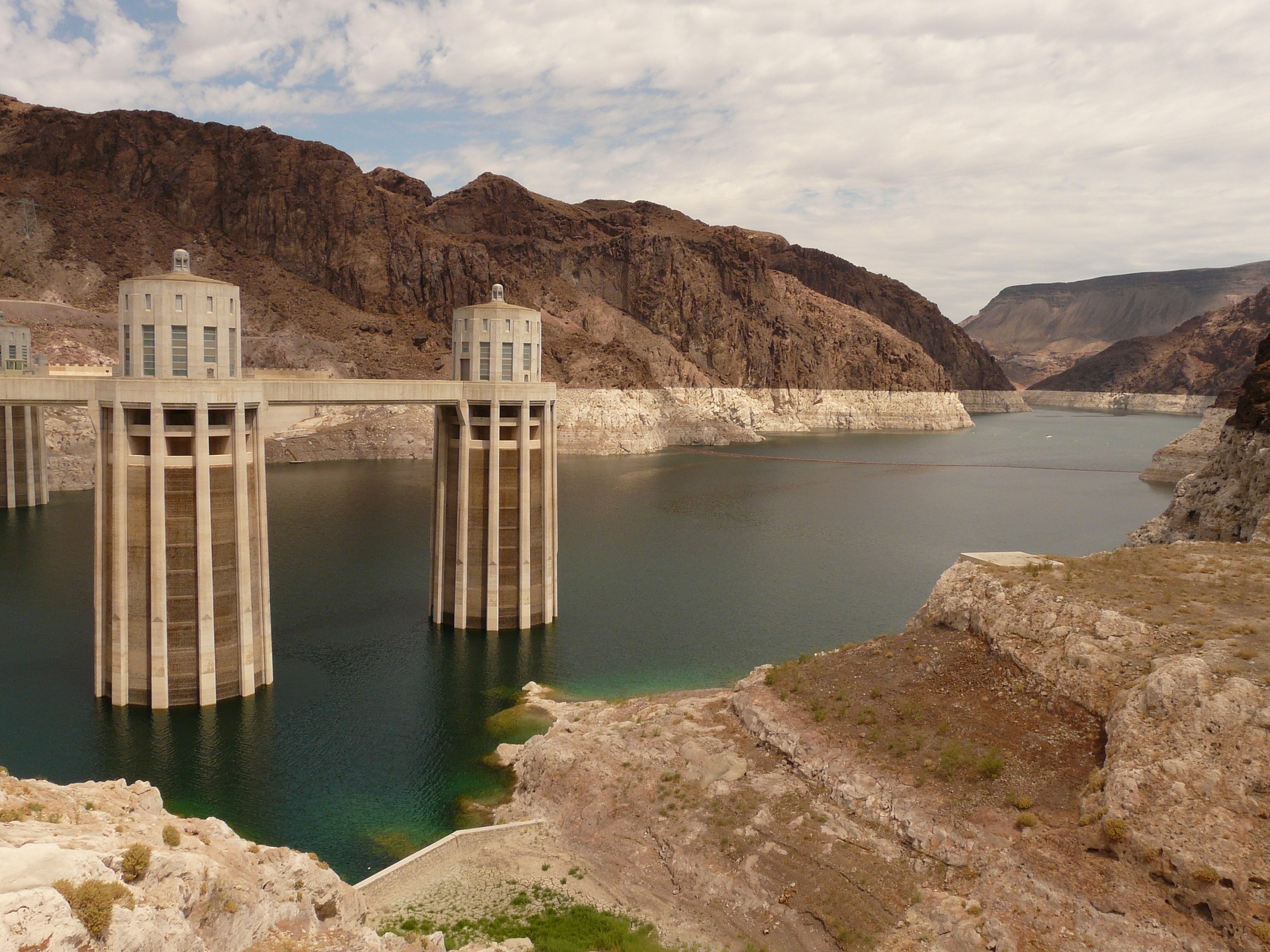Exclusive interview: H2O Global News’ Sion Geschwindt interviewed North Arizona University Professor and Director of the FEWSION Project, Dr. Benjamin Ruddell, to find out more about the West’s drought crisis and rotational fallowing as a potential solution to improve water security in the region.
Worst drought this century
The western US is in the grips of the worst drought this century, with 93% of the region experiencing drought according to the latest stats released by the U.S Drought Monitor. These dry conditions are damaging crops, increasing the risk of wildfires and placing further strain on already vulnerable water supplies.
The Southwestern states of Arizona, Nevada and California, are amongst the most heavily affected. Lake Mead – which sits on the border between Arizona and Nevada and provides water to over 25 million people – is at its lowest level in history. The shrinking water supplies of Lake Mead are just the tip of the iceberg, with droughts and water scarcity becoming ever more frequent across the region.
“The drought just seems to be getting worse, which is particularly worrying because it looks like the predictions of climate scientists are coming true: dry regions with water stress are going to keep on getting drier and drier,” says North Arizona University Professor and Director of the FEWSION Project, Dr. Benjamin Ruddell.
Rethinking water management
While the drought is adding fuel to the fire, it is definitely not solely responsible for water shortages. Overuse of surface and groundwater, outdated infrastructure and a lack of investment in water reuse and desalination technologies, makes the Western US and other regions across the world increasingly vulnerable to water stress. Add climate change to the mix and you’ve got a recipe for disaster.
“In dry places across the world, population is increasing and demand for water for food production and broader economic growth is on the rise. The macro trend is that there is more demand, but less water,” says Ruddell.

We need start adapting to water scarcity
Combatting this water crisis will take a multi-pronged approach; a combination of water treatment and reuse technologies deployed at scale, more reservoirs, stronger policies and a focus on water conservation strategies. On a broader level, we need to rethink the way we use and value water.
“We need to start changing the way we think of water as unlimited, abundant and free, to being a resource that is expensive and needs to be conserved and invested in,” says Ruddell.
Rethinking water allocation will require data – and lots of it. Without reliable information about water use across supply chains, it will be difficult to improve its management in the long-term. We need to track where water is coming from and what it is being used for.
Tracking water use
Ruddell is Director of the FEWSION project based at North Arizona University, which uses data mapping to track the relationship between food, energy and water in domestic supply chains. The project has built the first complete description of the US food, energy, and water system so that every citizen and policymaker can see where these resources come from.
Data from the project shows that agriculture uses more water in the western US than any other industry, most of which is used to irrigate cattle-feed crops such as hay. However, in times of extreme drought, using so much water to grow grass is not necessarily the best idea.
“Irrigated agriculture is by far the greatest user of water, with farmers in the Western US using about two-thirds of the total water, and in some places 90%,” said Ruddell. “We’ve been in a luxurious position historically where we could use water for things that aren’t valuable like watering lawns or growing hay, but this doesn’t make sense in times of water scarcity.”

Irrigated agriculture uses a huge amount of water
Despite agriculture being so water-intensive, it is a crucial part of the economy, puts food on the table and provides jobs to millions of people. The real challenge is to reduce the amount of water used in agriculture while maintaining food security and farmers’ livelihoods.
To find a way forward, Ruddell co-authored a paper published in Nature Sustainability that proposed a potential solution to reduce water use while keeping farmers in business: rotational fallowing.
Rotational fallowing
Fallowing is when farmers leave some of their fields unplanted for a season or two to let the soil recover. Rotating fields between fallow and planting doesn’t just improve soil health, it saves water by reducing irrigation demand.
In the western US, the water-saving potential of rotational fallowing is huge: “Our research found that in some water stressed areas like the Colorado River Basin, you could solve the entire scarcity problem for many years simply through rotational fallowing,” said Ruddell.
Across the region, there is growing pressure on farmers to reduce water use or stop farming altogether, because the water is simply needed for something more urgent. These farmers have been forced to fallow their land with little to no financial compensation. However, as water becomes scarcer and demand increases, so does the price – presenting an opportunity for farmers to sell their water to others who need it more.
“You create a system where during a dry year, places that really need the water like cities or industries pay farmers to stop growing crops, and instead use that water for more valuable purposes,” said Ruddell. “It will be voluntary, temporary and only with low-value crops.”
Fallowing only low-value crops such as hay or alfalfa won’t disrupt food supplies because these crops can be easily sourced from elsewhere where water is more available. Because such a large portion of water is used for these crops, fallowing can have a very positive impact on total water use.
This system of fallowing and selling water (or the rights to it) is gaining momentum in many water-stressed places across the western US. It protects farmers financially, while offering security to cities and other critical water users. This offers a great solution to protect an entire region from water stress, and if done properly, is a win-win for all.

Fallowing can be a win-win solution during times of water stress
“Rarely do we find a silver bullet that solves such a big problem so well and so affordably,” said Ruddell. “There’s no doubt that rotational fallowing will become a crucial strategy to combat water scarcity in years to come.”
Emerging trends such as rotational fallowing are part of broader shift in the way that we use and value water. Adapting to a world where water is scarce and valuable rather than free and plentiful, will radically alter the nature of the water industry – and present a number of opportunities.
Opportunities for the water industry
Water professionals will be at the heart of facilitating ways to reduce water use and move water more easily and efficiently. It will become more and more important for water professionals to help build infrastructures that facilitate the transport of water from places of abundance to places of scarcity. In addition, water conservation strategies will become increasingly important, as will direct and indirect water reuse. All of this will require new infrastructures, technologies and partnerships – presenting new opportunities for growth in the sector, and room for emerging companies to flourish.
What the work of the FEWSION project shows us is that all sectors and industries have a part to play in safeguarding our water resources. To make rotational fallowing work in the long run will require cooperation between the agricultural and water industries, as well as a host of private and public organisations and civil society. This is just one example of how partnerships and collective action are essential to formulate the solutions we need to battle the global water crisis. Rethinking water management as whole and adapting to a world of water scarcity can only be done if we work together: Individually we are one drop – together, we are an ocean.
Do you have an article to share? Click here to submit or if you’d like to subscribe to our weekly newsletter, click here.







